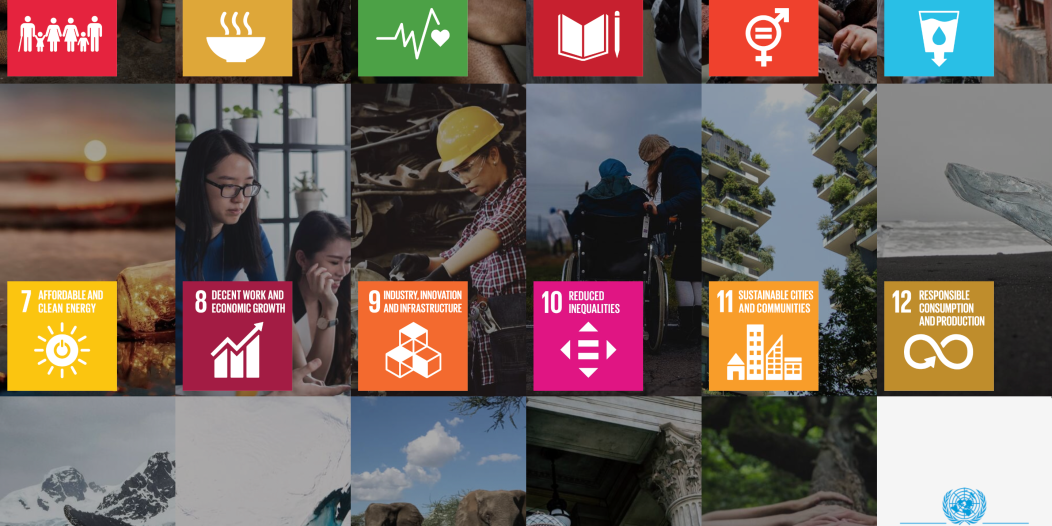
Understanding SDG Impact Finance Initiatives: Catalyzing Positive Change through Project Funding.
The United Nations’ Sustainable Development Goals (SDGs) have become a global rallying point for addressing pressing challenges and creating a sustainable future for all. Achieving these ambitious goals requires significant financial resources, and the concept of SDG Impact Finance Initiatives has emerged as a powerful tool to mobilize funds for projects that contribute to sustainable development.
In this article, we will delve into the intricacies of SDG Impact Finance Initiatives, exploring what they are, how they work, and the impact they have on funding projects aligned with the SDGs.
SDG Impact Finance Initiatives Defined
SDG Impact Finance Initiatives refer to financial mechanisms and frameworks specifically designed to direct capital towards projects that advance the United Nations’ 17 Sustainable Development Goals. These initiatives aim to align investments with sustainability objectives, integrating environmental, social, and governance (ESG) criteria into financial decision-making processes.
Key Components of SDG Impact Finance Initiatives:
- Investment Vehicles: SDG Impact Finance Initiatives encompass various investment vehicles, including impact funds, green bonds, social bonds, and sustainable development bonds. These instruments are designed to attract capital from both the public and private sectors, channelling funds towards projects that address specific SDGs.
- Metrics and Measurement: One crucial aspect of SDG Impact Finance Initiatives is the emphasis on metrics and measurement. Investors and stakeholders utilize key performance indicators (KPIs) to assess the impact of funded projects against the specific targets outlined in the SDGs. This ensures transparency, accountability, and the ability to track progress.
- Collaboration and Partnerships: Successful implementation of SDG Impact Finance Initiatives often involves collaboration between governments, international organizations, financial institutions, and the private sector. Partnerships are crucial for leveraging resources, sharing expertise, and scaling up the impact of funded projects.
- Risk Mitigation: Given the innovative and sometimes high-risk nature of projects aimed at achieving the SDGs, SDG Impact Finance Initiatives often include mechanisms for risk mitigation. This can involve insurance products, guarantees, or other financial instruments to encourage private investors to participate in projects with potential social or environmental impact.
How SDG Impact Finance Initiatives Work:
- Project Identification and Screening: The process begins with the identification and screening of projects that align with the SDGs. These projects are evaluated based on their potential impact on social, environmental, and economic dimensions.
- Financial Structuring: Once suitable projects are identified, financial experts work on structuring investment vehicles that attract diverse sources of funding. This may involve the creation of specialized funds or the issuance of bonds tailored to the SDG objectives.
- Investor Engagement: SDG Impact Finance Initiatives engage with a range of investors, including institutional investors, impact investors, and socially responsible investors. The goal is to attract capital from those who are not only seeking financial returns but are also committed to driving positive change.
- Monitoring and Reporting: Continuous monitoring of funded projects is essential to ensure they meet predefined impact metrics. Regular reporting provides stakeholders with insights into the progress made and allows for adjustments or improvements to maximize impact.
Impact of SDG Impact Finance Initiatives:
- Mobilizing Capital: One of the primary achievements of SDG Impact Finance Initiatives is their ability to mobilize capital for projects that might otherwise struggle to secure funding. By aligning with sustainable development goals, these initiatives make such projects more attractive to a wider range of investors.
- Catalyzing Innovation: SDG Impact Finance Initiatives often support innovative solutions and technologies that address sustainability challenges. This not only contributes to achieving specific SDGs but also fosters a culture of innovation within the financial sector.
- Addressing Market Gaps: Traditional financial markets may overlook projects with a strong social or environmental focus due to perceived risks. SDG Impact Finance Initiatives play a crucial role in filling these market gaps by providing the necessary support and risk mitigation measures.
- Creating Shared Value: The emphasis on collaboration and partnerships in SDG Impact Finance Initiatives fosters a sense of shared value creation. Governments, private sector entities, and non-profit organizations work together to achieve common goals, leading to more sustainable and inclusive development.
Challenges and Future Outlook
While SDG Impact Finance Initiatives have demonstrated their potential for driving positive change, challenges remain. These include the need for standardized impact measurement methodologies, addressing potential greenwashing concerns, and ensuring inclusivity in project selection.
Looking ahead, the future of SDG Impact Finance Initiatives is promising. As the global community becomes increasingly aware of the urgency to address sustainability challenges, there is growing momentum to enhance and expand these initiatives. Governments, financial institutions, and investors are likely to play an even more active role in shaping the future of impact finance, contributing to the realization of a more sustainable and equitable world.

